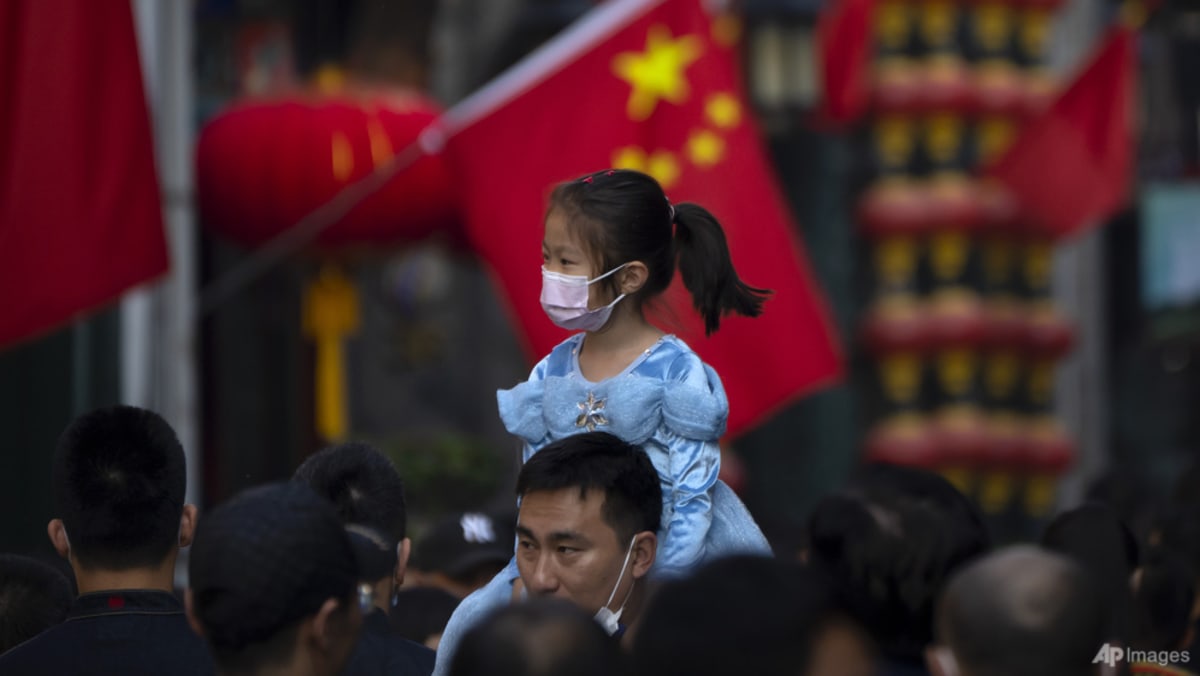
HONG KONG: Concerned by China’s shrinking population, political advisors to the government have come up with more than 20 recommendations to boost birth rates, though experts say the best they can do is to slow the population’s decline.
China dug itself into a demographic hole largely through its one-child policy imposed between 1980 and 2015. Authorities raised the limit to three in 2021, but even during the stay-at-home COVID-19 times couples have been reluctant to have babies.
Young people cite high childcare and education costs, low incomes, a feeble social safety net and gender inequalities, as discouraging factors.
The proposals to boost the birth rate, made at the annual meeting of China’s People’s Political Consultative Conference (CPPCC) in March, range from subsidies for families raising their first child, rather than just the second and third, to expanding free public education and improving access to fertility treatments.
Experts took the sheer number of proposals as a positive sign that China was treating its ageing and declining demographics with urgency, after data showed the population shrinking for the first time in six decades last year.
“You cannot change the declining trend,” said Xiujian Peng, senior research fellow at the Centre of Policy Studies at Victoria University in Australia. “But without any fertility encouragement policy then fertility will decline even further.”
A motion by CPPCC member Jiang Shengnan that young people work only eight hours per day so they have time to “fall in love, get married and have children”, was critical to ensure women are not overworked, Peng said.
Giving incentives to have a first child could encourage couples to have at least one child, she said. Many provinces currently only subsidise second and third children.
